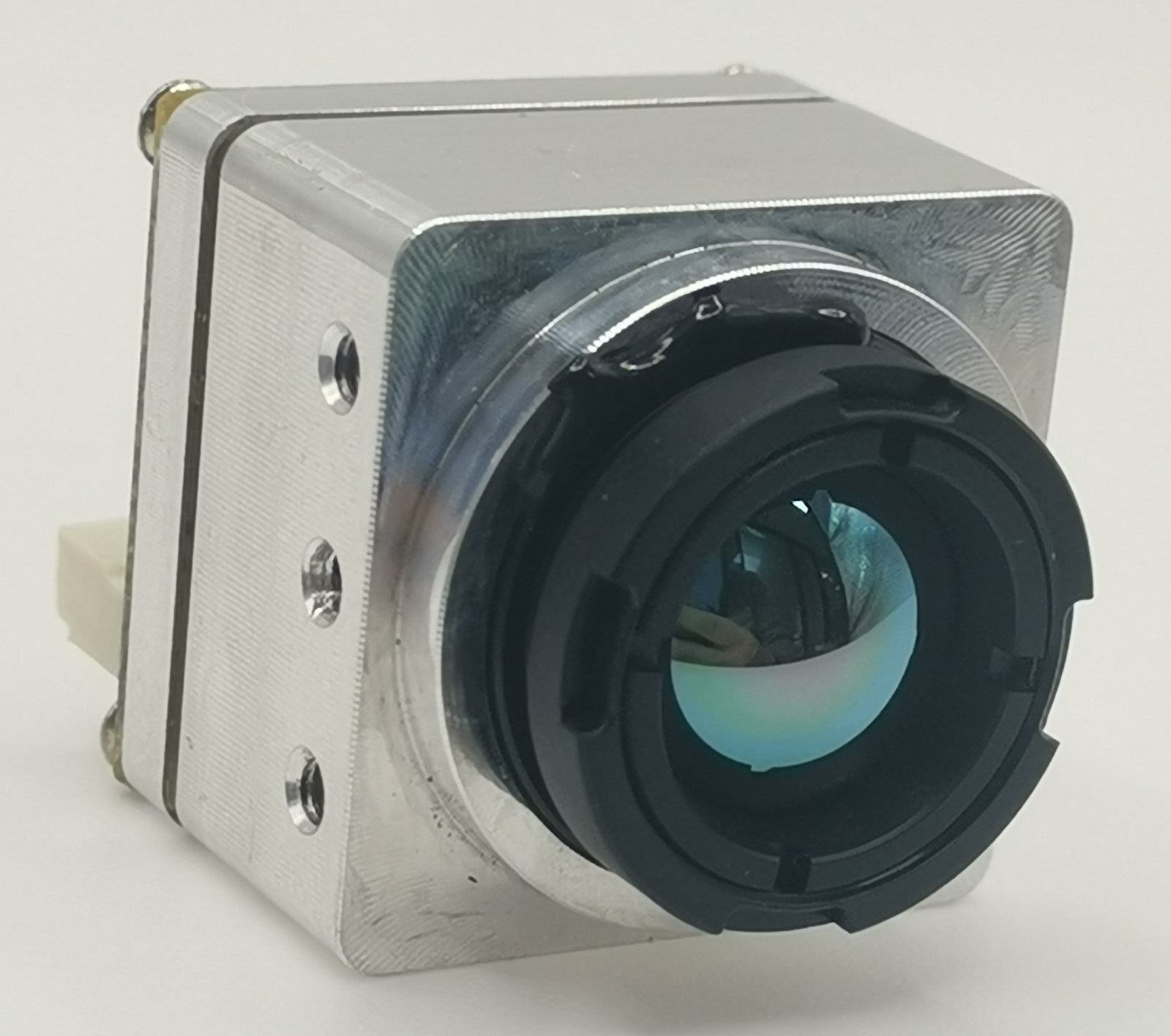Understanding Thermal Cameras for Drones: A Comprehensive Overview

Unveiling Thermal Cameras for Drones
Thermal cameras for drones have revolutionized the capabilities of these unmanned aerial vehicles, opening up a world of possibilities across various industries. This comprehensive overview will explore the technological advancements and diverse applications of thermal imaging technology in the drone industry. From search and rescue missions to infrastructure inspections and environmental monitoring, drone thermal imaging has proven to be invaluable. Understanding the intricacies of thermal cameras for drones is essential for enthusiasts and professionals alike, as it paves the way for more effective and impactful applications.
Understanding Thermal Imaging
Thermal imaging, also known as infrared imaging or heat sensing technology, offers a unique perspective that is invaluable in various industries. For enthusiasts and professionals alike, thermal imaging provides valuable insights that are not possible with traditional cameras or visual inspection alone. Understanding the intricacies of drone thermal imaging technology is crucial for its effective application in diverse fields.
The advantages of thermal imaging in drones are extensive and impactful. By harnessing this technology, drones can significantly enhance their capabilities for critical missions such as search and rescue operations, infrastructure inspections, and environmental monitoring. The significance of thermal images and their impact on various industries cannot be understated, making it an indispensable tool for modern applications.
Types of Thermal Cameras for Drones
When it comes to thermal cameras for drones, there are different types available, each offering unique advantages and suitability for specific drone operations. Understanding the differences between these types is crucial for drone operators looking to optimize their aerial capabilities.
Fixed vs. Gimbal Thermal Cameras
Fixed thermal cameras are stationary and provide a fixed field of view, making them ideal for applications where a consistent perspective is required. On the other hand, gimbal thermal cameras are mounted on a stabilizing platform that allows for a wider range of motion and flexibility in capturing thermal images from various angles. Drone operators must consider the specific requirements of their missions to determine whether a fixed or gimbal thermal camera is best suited for their needs.
Integrated Thermal Camera Systems
Integrated thermal camera systems are designed to seamlessly work with different drone models, ensuring compatibility and optimal performance. The process of choosing the right integrated thermal camera for specific drone operations is crucial, as it directly impacts the quality and effectiveness of the thermal imaging capabilities. By carefully selecting an integrated system that aligns with the operational requirements, drone operators can maximize the potential of their UAV thermal cameras.
Choosing the Right Thermal Camera
When it comes to selecting the right thermal camera for drones, several crucial factors should be taken into consideration to ensure optimal performance and effectiveness in various applications.
Factors to Consider When Choosing a Thermal Camera
Resolution: The resolution of a thermal camera determines the level of detail and clarity in the captured thermal images. Higher resolution cameras provide more precise temperature measurements and better image quality, which is essential for tasks such as infrastructure inspections and monitoring.
Thermal Sensitivity: The thermal sensitivity of a camera refers to its ability to detect minimal temperature differences. A higher sensitivity allows the camera to capture subtle variations in temperature, making it suitable for detecting heat anomalies in search and rescue missions or identifying energy inefficiencies in buildings.
Weight: The weight of the thermal camera is a critical consideration, especially for drones where payload capacity is limited. Opting for a lightweight camera ensures that it does not significantly impact the drone's maneuverability and flight time.
It's imperative to select a thermal camera that aligns with the specific needs of drone operations, taking into account the environmental conditions, mission requirements, and compatibility with the drone model.
Innovative ISUN Thermal Camera
The ISUN thermal camera represents a significant advancement in thermal imaging technology for drones. With its compact design and exceptional thermal sensitivity, the ISUN camera offers unparalleled capabilities for capturing high-quality thermal images during drone operations. Its innovative features enable enhanced temperature measurement accuracy and real-time data transmission, making it an invaluable tool for applications such as environmental monitoring and industrial inspections.
ISUN Thermal Camera: The ISUN thermal camera sets new standards for drone-based thermography with its cutting-edge features and seamless integration with various drone models.
By leveraging the innovative capabilities of the ISUN thermal camera, drone operators can elevate their aerial thermography capabilities across diverse industries while ensuring precise and reliable thermal imaging results.
Advancements in Thermal Camera Technology
Technological Innovations in Thermal Imaging
In recent years, significant advancements have been made in thermal imaging technology for drones, propelling the capabilities of infrared cameras to new heights. These innovations encompass various aspects, including improved resolution, enhanced image processing algorithms, and the integration of cutting-edge heat-sensing advancements.
The latest technological innovations have led to a remarkable increase in the resolution of thermal cameras for drones. Higher resolution allows for more detailed and precise thermal images, enabling professionals to discern subtle temperature variations with exceptional clarity. This improvement has far-reaching implications for industries reliant on drone thermal imaging, such as infrastructure inspections and environmental monitoring.
Moreover, advancements in image processing have streamlined the analysis and interpretation of thermal data captured by drones. Enhanced algorithms facilitate real-time temperature measurements and the identification of anomalies with greater accuracy, empowering operators to make informed decisions swiftly during critical missions.
Impact of Technological Innovations: The impact of these technological innovations is substantial, expanding the applications of thermal cameras in the drone industry. With improved resolution and advanced image processing capabilities, thermal cameras are now indispensable tools for diverse operations ranging from search and rescue missions to industrial assessments.
Future Trends in Thermal Camera Technology
Looking ahead, future trends in thermal camera technology hold immense promise for further revolutionizing drone operations. Anticipated advancements include continued improvements in resolution and sensitivity, as well as the integration of artificial intelligence (AI) for automated anomaly detection and predictive maintenance.
These developments are poised to elevate the role of thermal cameras in drone operations by enhancing their capabilities for predictive analysis and proactive intervention. Additionally, advancements in miniaturization may lead to lighter yet more powerful thermal cameras that can be seamlessly integrated into a broader range of drone models.
As these future trends unfold, they are expected to have far-reaching implications for the drone industry by enabling more efficient and effective aerial thermography across various sectors.
Exploring the Impact of Thermal Cameras for Drones
Thermal cameras have emerged as indispensable tools, significantly enhancing the capabilities of drones across a myriad of industries. The applications of thermal imaging in drone technology extend to critical areas such as search and rescue operations, infrastructure inspections, and environmental monitoring. By harnessing the power of drone thermal imaging technology, professionals can gain unparalleled insights and make informed decisions that contribute to safety, efficiency, and precision in various operational scenarios.
Significance of Thermal Imaging: "The integration of thermal cameras has revolutionized the way drones are utilized for critical missions, providing invaluable data for decision-making processes."
In addition to their role in enhancing operational efficiency, thermal cameras for drones also contribute to proactive maintenance strategies and enable swift responses in emergency situations. As industries continue to leverage the capabilities of UAV thermal cameras, the impact on safety protocols, resource management, and environmental stewardship is increasingly profound.
Contact Us: iSun Digitech Limited Ms. Coco Huang E-mail: sales@iasun.cn WhatsApp/Wechat: +86 13510421923
See Also
Discovering the Uses of Thermal Imaging Cameras in Drone Field Equipment
Investigating the Flexibility of Thermal Imaging Cameras for Drones in 2024
Contact Us: Ms. Coco Huang
E-mail: sales@iasun.cn
WhatsApp/Wechat: +86 13510421923

